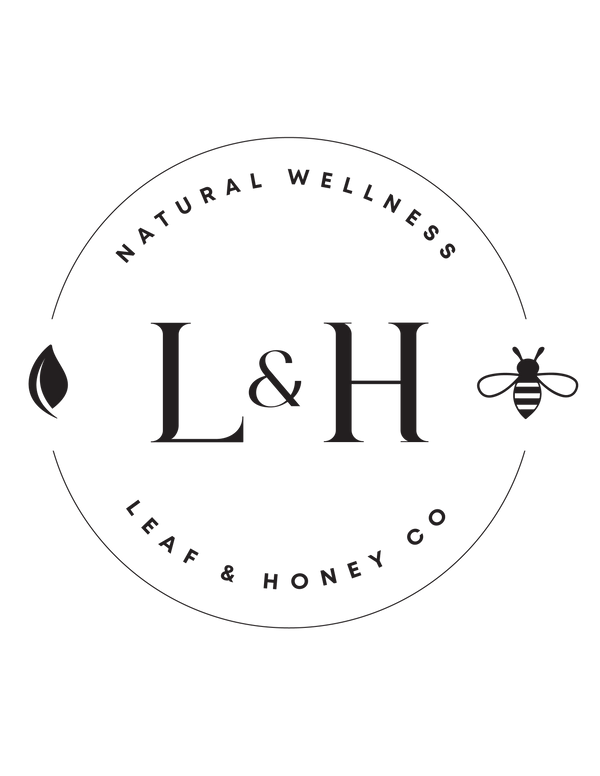FAQ
Q: What are your tea sachets (teabags) made from?
A: Our sachet’s are made from USDA 100% BioBased (100% from plants)
Composting in 21 days or less. They are Non-GMO and Certified Plast Free through A Plastic Free Planet. Made by One Earth (™).



Q: Where are you located?
A: We're an online-only brand, and our products are exclusively available on our website. This allows us to focus on offering you the best selection and convenience in the digital space. In addition to our online presence, you can find our products in select local stores in Fallbrook and San Clemente. We're also excited to announce our expansion into restaurants, bringing our offerings closer to our base areas of Southern California.
Q. What is so great about Manuka Honey?
We have met, toured, tasted, met the bees, and quality assured our supplier / farmer in New Zealand. They meet our family's need for the best standards.
This is a quick lesson on the basics of Manuka Honey.
There are many ratings that you will see on the front of a Manuka bottle- and unfortunately many companies try to confuse the consumer so that they can warrant a higher price tag. The most important things on a Manuka Honey bottle is
- UMF or MGO
- Batch number- This gives the trace to the exact hive and placement and date
- The Origin. The supplier and their credentials
- Expiry Date- or packing date
MGO- Methylglyoxal is the natural antibiotic that is contained with the honey when the bees pollinate the manuka plant. Depending on what part of the 6 week flowering season the bee collects will affect the amount of MGO is in the honey. Ie…. The higher the rating, the higher the amount of MGO.
UMF- stands for Unique Manuka Factor- and this is the rating given once the measure of MGO and other 3 unique manuka factors are measured. (ie. 30+MGO, 83+MGO, 5+UMF, 10+UMF, 15+UMF, etc)
https://www.umf.org.nz/unique-manuka-factor/umf-four-factor-quality-testing/
UMFHA (unique manuka factor honey association) - is the licensing body that tests honey for it’s membership. All credible suppliers should be part of this association.
Leptospermum Scoparium – Scientific name for the Manuka Bush.
Multifloral v Monofloral- Multifloral is where the honey definitely has manuka factors, however there will be traces of other floral in the honey. This should happen in the bookends of the season, so before a bush comes into full bloom, or is losing bloom- the bees will find other flowers to pollinate.
Monofloral is the middle of the season and when the bees have a very high concentration of pollen from the manuka bush. This is why monofloral honey is more expensive because of its scarcity, its potency and medicinal powers.
In order of potency and cost $$$$$ (cheapest to most expensive US pricing)- and even though the honey is cheaper and less potent, depending on the supplier- it can be a very active fresh honey.
We have met, toured, tasted, met the bees, and quality assured our supplier / farmer in New Zealand. They meet our family's need for the best standards.








